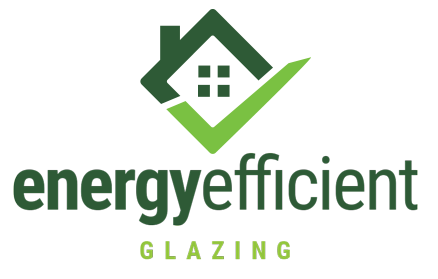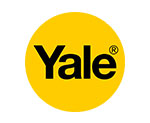How much does double glazing cost?
The cost of double glazing will vary greatly depending on the material of the windows you choose and the size of the windows you require. Buying windows that are standard sizes from a DIY store may be cheaper than those made-to-measure, but will not be as energy-efficient. This means you will not save as much money on your energy bills – plus there’s the cost of employing a builder to fit your windows, with a high chance that they won’t be as skilled as our fitters, leaving your home less secure. Bespoke windows fill the space left from your old windows perfectly, with no need for additional fillers and packing materials, which always allow precious heat to escape.
What does double glazing do?
Adding double glazing to your home is just like putting an extra jumper inon the winter; keeping you warm by trapping warm air in the gap between the layers. As energy prices rise, double glazing is the easiest way of keeping the heat you’ve paid for within your home. All our windows are A rated, the highest energy-rating available. Double glazing will also help to reduce noises from nearby roads or flight paths, while offering increased security.
How does double glazing work and how does double glazing prevent heat loss?
There are many components that make up a double glazed window, including the glass itself, the distance between the panes and the gas that’s inserted between them.
Glass
Our standard glass panes are 4mm thick, unless you specify our safety glass (6.4mm) or Silent glass (10mm). We add a low-e coating to all our inner panes, which reflects heat back into your home to prevent it from escaping.
Gap between the panes
Energy Efficient Glazing specify an optimum gap of 20mm between the two panes of a sealed unit. We fill the gap with Argon gas, which minimises the heat lost through heat transfer. The natural place for warm air to escape is where the panes join together. Energy Efficient Glazing double glazed windows are fitted with ‘warm edge spacer bars’, made from a less-conductive material than conventional aluminium spacer bars.
What is low-e coating and low-e glass?
All Energy Efficient Glazing windows and doors come with low-e glass as standard. It’s a near invisible soft coating that’s applied to the inner pane of glass within the sealed unit. It allows heat from the outside to pass through into your home, but prevents heat from escaping to the outside.
What is condensation?
Condensation forms naturally when humid air collects on a cold surface and forms water droplets. If you have condensation forming on the inner pane of your windows (not inside the sealed unit) you need to improve the circulation of air to reduce it. By fitting a vent or removing close-fitting curtains you will encourage the air to flow away from your window before it has time to condense. Condensation between the panes of a double glazed unit is a different matter – this is a sign that the seal has become damaged and is no longer working properly. As a result, the Argon gas that minimises heat loss will have escaped, meaning your window is no longer performing as efficiently as it should and will need replacing.
How long does double glazing last?
As with most items, the longevity of a product depends entirely on how well you look after it. When you purchase Energy Efficient Glazing double glazing, you’ll be provided with a maintenance pack detailing exactly how to care for your new products. We offer industry-leading guarantees, including many that last a lifetime on all of our products – we offer a 10 year guarantee as standard on every product we install. All of our products are made from quality materials that are selected for their suitability – we test them to our own exacting standards, as well as adhering to British Standards.
How is double glazing installed?
Due to the complexity of installing a double glazed window, we recommend that a professional installer is used to fit your windows. A well-fitted window has many security benefits; we use strong reinforcing screws to firmly fit our windows into the brickwork. Our fully trained installers also make sure that each window fits perfectly, leaving your home free from draughts and sufficiently insulated against the cold and noise.
Does Energy Efficient Glazing use Pilkington-K?
We can offer Pilkington K glass if required. Our standard sealed units do not include K glass as technology has moved on from this and the new ‘soft coat low-e glass’ is now more efficient, without having a slightly brown tint that K glass gives.
What is the air-gap between the panes of glass?
Generally our windows have an air gap of 20mm, though this may vary depending on the type of window and the type of sealed unit specified.
What is the thickness of the glass?
The thickness of the glass we use depends on what the customer chooses. Generally, most glass is 4mm, laminated glass is 6.4mm and Silent glass is 10mm.
What are Window Energy Ratings (WER)?
Window Energy Ratings are an indication of how energy efficient a window is. Ratings start at G (the least efficient) and go up as high as A++ (the most efficient).
Building Regulations require that all newly fitted windows must be able to achieve a Window Energy Rating of C. However, here at Energy Efficient Glazing, we offer a variety of them that are capable of achieving A+ ratings. Get in touch for more information on which ones can achieve this rating.










